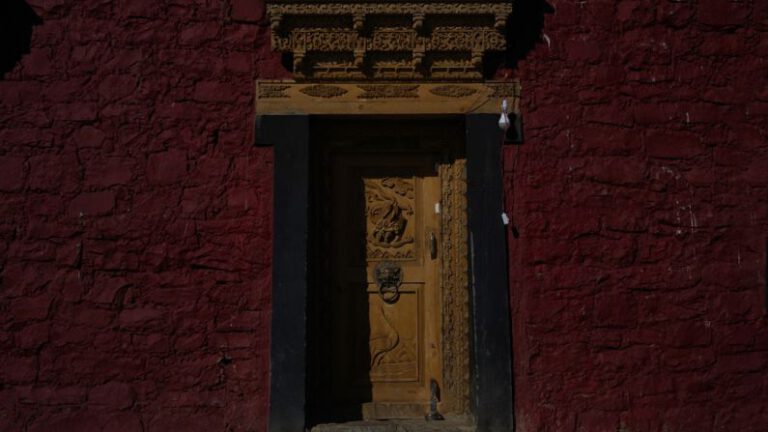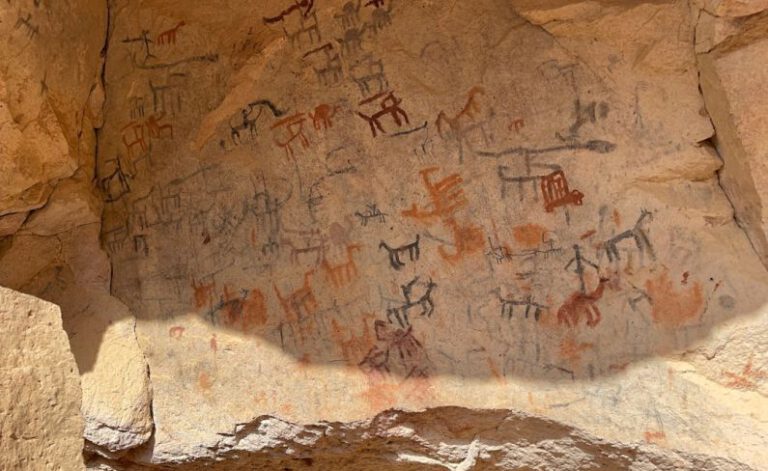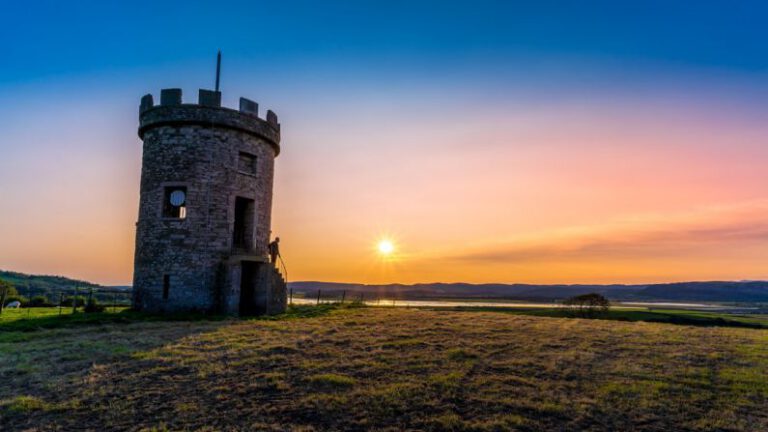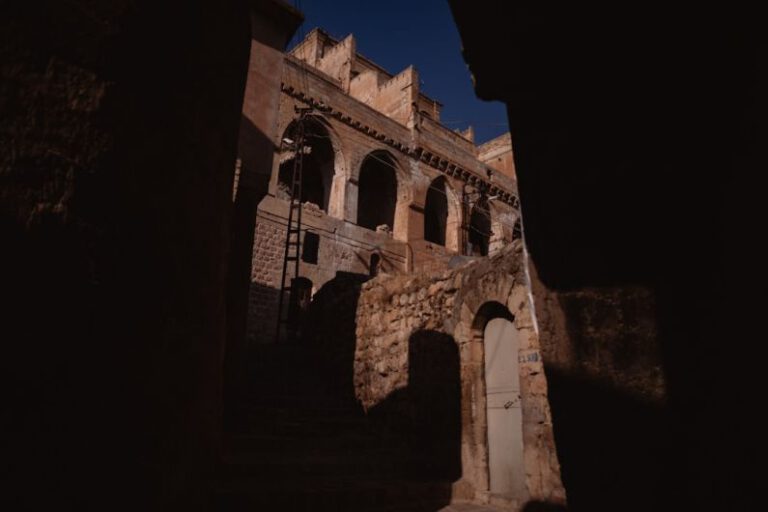Why Ellora Caves, India Is Culturally Rich?
Hidden among the rocky hills of Maharashtra in India lies a treasure trove of ancient wonders – the Ellora Caves. These magnificent caves are not just a collection of rock-cut structures; they are a testament to the rich cultural heritage and artistic prowess that thrived in India centuries ago. From intricate sculptures to stunning architecture, the Ellora Caves stand as a living heritage that continues to mesmerize visitors from around the world. Let’s delve deeper into why Ellora Caves are considered culturally rich.
A Marvel of Rock-cut Architecture
The Ellora Caves, designated as a UNESCO World Heritage Site, boast a remarkable fusion of Buddhist, Hindu, and Jain temples carved out of solid rock. Dating back to the 6th to 9th centuries, these caves showcase the evolution of rock-cut architecture in India. The meticulous detailing and sheer scale of these structures leave visitors in awe of the craftsmanship and dedication of the artisans who toiled to create these marvels.
Each cave tells a unique story, whether through intricate carvings depicting religious narratives or through the grandeur of the architecture itself. The Kailasa Temple, carved out of a single rock, is a standout example of the architectural brilliance at Ellora. This mammoth structure, dedicated to Lord Shiva, is a sight to behold, with its elaborate carvings, pillars, and galleries that transport visitors to a bygone era.
Artistic Splendor in Stone
One of the most striking features of the Ellora Caves is the wealth of artistic masterpieces that adorn the walls and ceilings of the caves. The sculptures at Ellora are a blend of religious motifs, mythological tales, and everyday life, reflecting the diverse cultural influences that shaped Indian art during that period.
The Ellora Caves serve as a visual encyclopedia of Indian art, showcasing a harmonious mix of various artistic styles and techniques. From the serene faces of Buddha to the intricate depictions of Hindu deities like Vishnu and Shiva, the sculptures at Ellora captivate the imagination and offer a glimpse into the spiritual and cultural beliefs of ancient India.
Spiritual Sanctuary
Beyond their architectural and artistic splendor, the Ellora Caves hold profound spiritual significance for followers of Buddhism, Hinduism, and Jainism. Each cave is dedicated to a different deity or spiritual figure, serving as a place of worship and contemplation for devotees.
For pilgrims and spiritual seekers, the Ellora Caves offer a sacred space where they can connect with the divine and experience a sense of tranquility amidst the hustle and bustle of modern life. The caves echo with the chants of prayers and the fragrance of incense, creating an atmosphere of reverence and devotion that is palpable to all who visit.
Preservation of Heritage
The preservation of the Ellora Caves is vital not only for their aesthetic value but also for their cultural significance. These ancient caves serve as a link to India’s glorious past, reminding us of the rich tapestry of history, art, and spirituality that has shaped the country over millennia.
Efforts to conserve and protect the Ellora Caves are ongoing, with authorities working tirelessly to ensure that these precious heritage sites remain intact for future generations to appreciate and cherish. By safeguarding the Ellora Caves, we are preserving a piece of our collective heritage and honoring the legacy of the artisans and visionaries who created these architectural marvels.
Embracing Cultural Diversity
The Ellora Caves stand as a symbol of India’s cultural diversity and religious tolerance, with caves dedicated to different faiths coexisting harmoniously in close proximity. This spirit of inclusivity and acceptance is reflected in the art and architecture of the caves, where motifs and symbols from various religious traditions blend seamlessly to create a harmonious whole.
Visiting the Ellora Caves is not just a journey through time; it is an opportunity to witness the beauty of cultural exchange and mutual respect that defined ancient India. The caves serve as a reminder that diversity is not a barrier but a source of strength, enriching our lives and broadening our perspectives.
In Conclusion
The Ellora Caves in India stand as a beacon of cultural richness, offering a glimpse into the artistic, architectural, and spiritual heritage of a bygone era. From the grandeur of rock-cut temples to the exquisite sculptures that adorn the caves, Ellora is a testament to the ingenuity and creativity of our ancestors.
By preserving and celebrating sites like the Ellora Caves, we honor the legacy of those who came before us and ensure that their contributions to our cultural tapestry are not forgotten. A visit to the Ellora Caves is a journey of discovery and enlightenment, a chance to connect with the past and appreciate the enduring beauty of India’s cultural heritage.





